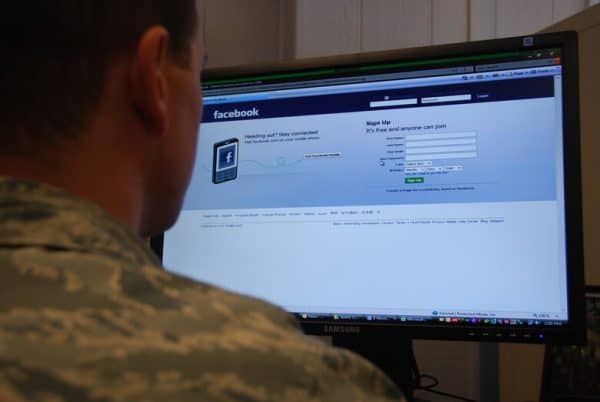
Did you know that even after typing the correct URL in the browser, you can be directed to a fake or spam website?
Hackers, fraudsters and cyber attackers have come up with a new way of stealing your personal information like bank account login credentials, social security number, home address, credit card number, security answers, and much more. And they do not do it by sending your shady emails. Instead, you are redirected to the fake website automatically. This method of stealing information is known as Pharming and it is designed to trick you into logging into a website without your consent.
What is Pharming?
Every time you enter a domain name of a website in the browser, it sends the information to the DNS server. A DNS server is a place where the system looks up the corresponding IP address for the domain name or URL you enter. It fetches the correct IP address and sends it back to the browser. Further, the browser uses the IP address to connect with the server where your website is stored.
Attackers change the contents of the DNS cache (formed on your browser). They replace the original IP address of a particular website (banks, financial institution, social media site, etc) to a fake website created by them. They send you to a fake website without your consent. However, the contents of the database itself are not changed. So, if you clean the cache files –by clearing the browsing history– you won’t be redirected to a fake website.
What’s the Difference Between Pharming and Phishing?
Pharming and Phishing are not the same. Pharming is a newer version of Phishing as it sends a user to a fake website without him/her having to click on a spammy link. Also, there are no fake or spam emails involved. The word Pharming is made up of–two words– Phishing and Farming.
Instead of sending victim spam emails, malware or code is planted in their system so it grows on its own and does the job for the intruder. The code runs in the background without the user knowing about it. For more information on this topic, you can refer to this guide by Norton Securities.
How Do I Protect Myself From Pharming Attack?
Most often, when the attacker redirects you to a fake website, the browser will ask you for permission to go to the fake URL. Take a moment to read the warnings and do not allow permission if the potentially fake website is without a security certificate.
An SSL certificate is issued by a governing body known as Certificate Authority (CA). They would never approve a request for a security certificate of the domain name seems fake or shady. Also, install decent antivirus software on your computer. For a Windows computer, the in-build security program known as Windows Defender is good enough if you keep it updated.
 Gearfuse Technology, Science, Culture & More
Gearfuse Technology, Science, Culture & More


